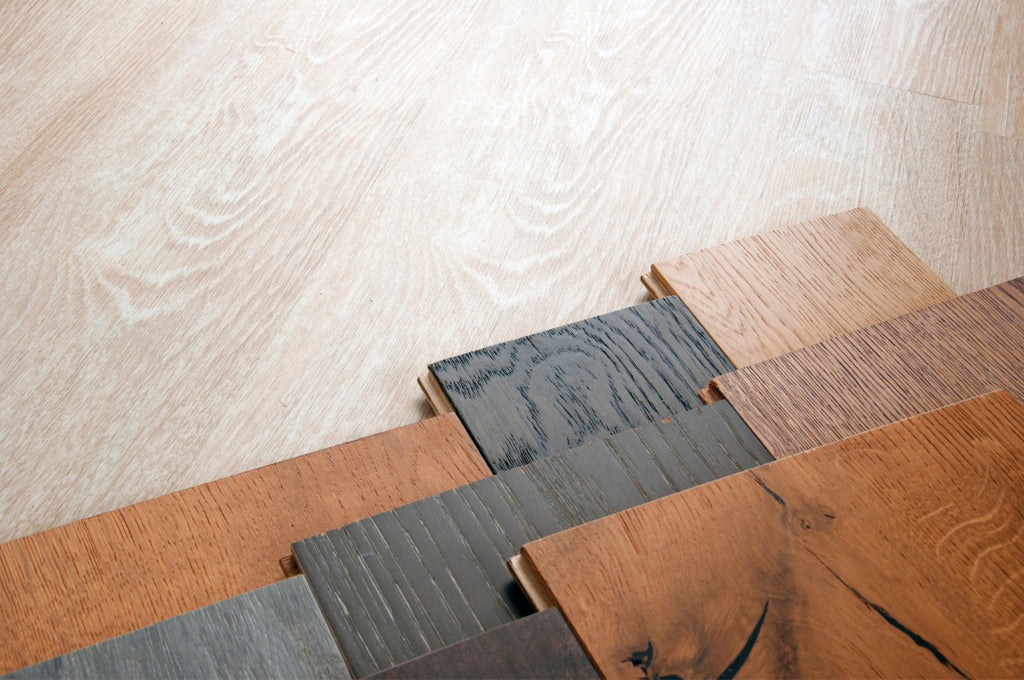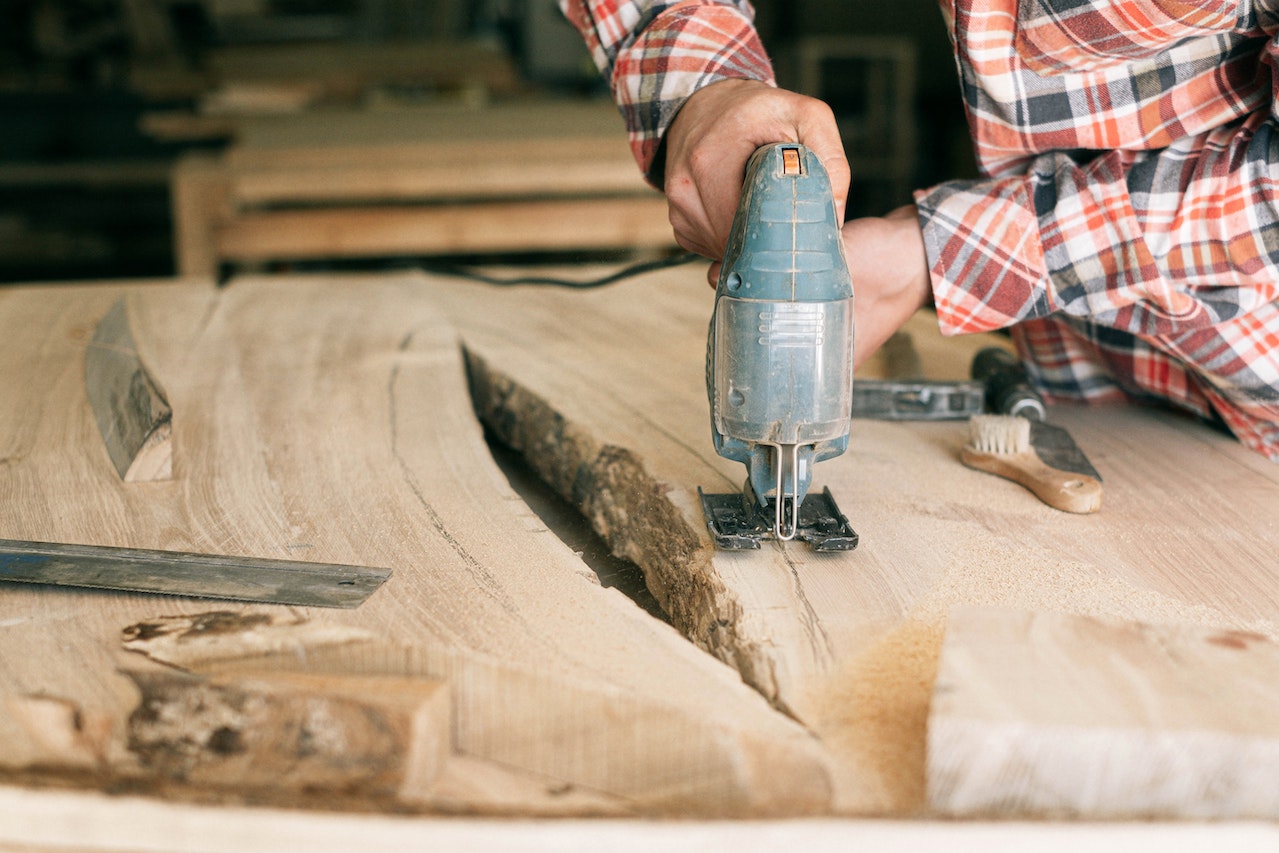Wood, laminate, or veneer. Which of these materials do you want your furniture to be made of, and does it matter?
The materials used to create our things can have a significant impact on their quality, appearance, and durability, particularly in the case of furniture. Having a clear understanding of the distinctions between wood, laminate, and veneer will enable you to make an informed choice and ensure that your furniture meets your expectations and aligns with your lifestyle.
In this article, we will delve into the characteristics of each material and guide you in making the right choice for your furniture needs.
Wood, Laminate, and Veneer
Have you ever wondered what your furniture is really made of? With so many different materials available, it can be confusing to determine what is best for your home. Let's clear up the confusion and explore the differences between these popular furniture materials.
Solid Wood Furniture
Solid wood furniture refers to pieces constructed from real wood. As it usually goes for things made from natural materials, real hardwood tends to be pricier than other furniture material options. But its durability ensures it can withstand the test of time.
Pros & Cons of Solid Wood Furniture
Pros
- Durability: Solid wood furniture is very durable and can last for decades, even with heavy use.
- Beauty: Furniture made from real hardwood has a natural beauty that is simply unmatched by other materials. The distinct grain of the wood gives each piece its own unique character, transforming solid wood furniture into individual works of art.
- Versatility: Natural furniture comes in a wide range of styles, from traditional to contemporary, making it easy to find pieces that complement any decor.
- Sustainability: Real wood furniture can be made from sustainable resources, such as reclaimed wood or wood that is harvested from forests that are managed responsibly.
Cons
- Cost: Solid wood furniture is typically more expensive than other types of furniture materials, such as wood veneer or particleboard.
- Weight: A solid wood piece can be very heavy, making it difficult to move.
- Maintenance: Furniture requires some regular maintenance, such as polishing and waxing.

Veneer Furniture
Veneer furniture is made from thin slices of wood that are glued to a substrate, such as fiberboard or particleboard. Take note that veneers mostly comprise authentic wood, rather than mostly synthetic materials designed to resemble wood.
Wood veneer is typically more affordable than real hardwood but still relatively durable and attractive.
Pros & Cons of Veneer Furniture
Pros
- Affordability: Veneer furniture tends to be more affordable than solid wood furniture, making it a suitable option for budget-conscious shoppers.
- Durability: Wood veneer can be durable, especially when made with high-quality materials and construction. Sometimes, compared to solid wood furniture, veneer furniture is less prone to warping or cracking.
- Variety: Veneer furniture is available in a wide range of wood species and finishes, providing more choices for home decoration.
Cons
- Durability: Veneer furniture is generally durable but can be easily damaged, especially by water and heat. It is important to choose a well-crafted and sealed piece if considering veneer furniture for a high-traffic area or humid climate.
- Difficulty of repair: If veneer furniture is damaged, it can be difficult and expensive to repair.
-
Lack of authenticity: Some people may prefer the look and feel of solid wood furniture to veneer furniture. Veneer furniture does not have the wood grain patterns of real hardwood but can still be quite attractive.

Laminate Furniture
Laminate furniture is not made from real wood and can be easily identified as artificial due to its glossy plastic finish. The wood-like appearance of laminate is achieved through a printing process on sheets that are then attached to a material called MDF, which primarily consists of wood fibers and layers of plastic resin pressed together.
Pros & Cons of Laminate Furniture
Pros
- Affordability: Laminate furniture is typically less expensive than other types of furniture, such as solid wood furniture or veneer furniture.
- Durability: Laminate furniture can be durable depending on its construction, and it has resistance to stains and minor water damage.
- Easy to clean: The material is relatively easy to maintain. Cleaning usually entails a quick wipe on the surface with a damp cloth and mild soap.
- Variety: Laminate furniture is available in various colors, finishes, and styles, making it easy to find a piece that matches any style and decor. It is also widely available.
Cons
- Appearance: Some people may prefer the look of solid wood furniture to laminate furniture. Laminate furniture simply does not have the same authenticity as solid wood furniture.
- Difficulty of repair: The material is prone to damage. Once moisture finds its way through the plastic layer, the piece is pretty much done for and can be difficult and expensive to repair.
- Environmental impact: Laminate furniture is commonly made from petroleum-based materials, which may have adverse effects on the environment.
Takeaway
The choice between laminate, veneer, and natural hardwood as furniture materials depends on individual needs and priorities.
While laminate furniture is the obvious cheaper option, it might also still be worth considering natural hardwood furniture. Why? Solid wood pieces are pricier than laminate and veneer, but they're worth it. Consider them an investment. Yes, they cost more upfront, but they pay off in the long run.
You won't need to replace natural hardwood furniture unless it's completely destroyed, and that's unlikely. Repairs can usually fix any issues. Plus, you can resell it or pass it down to future generations.
